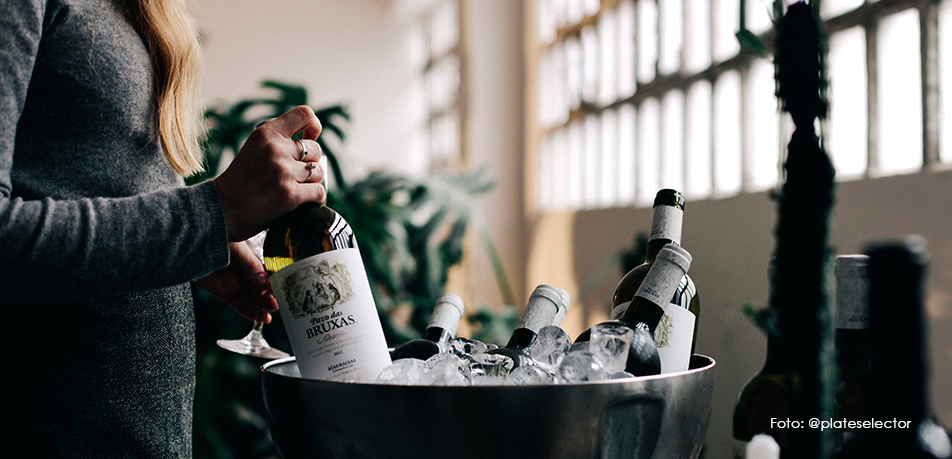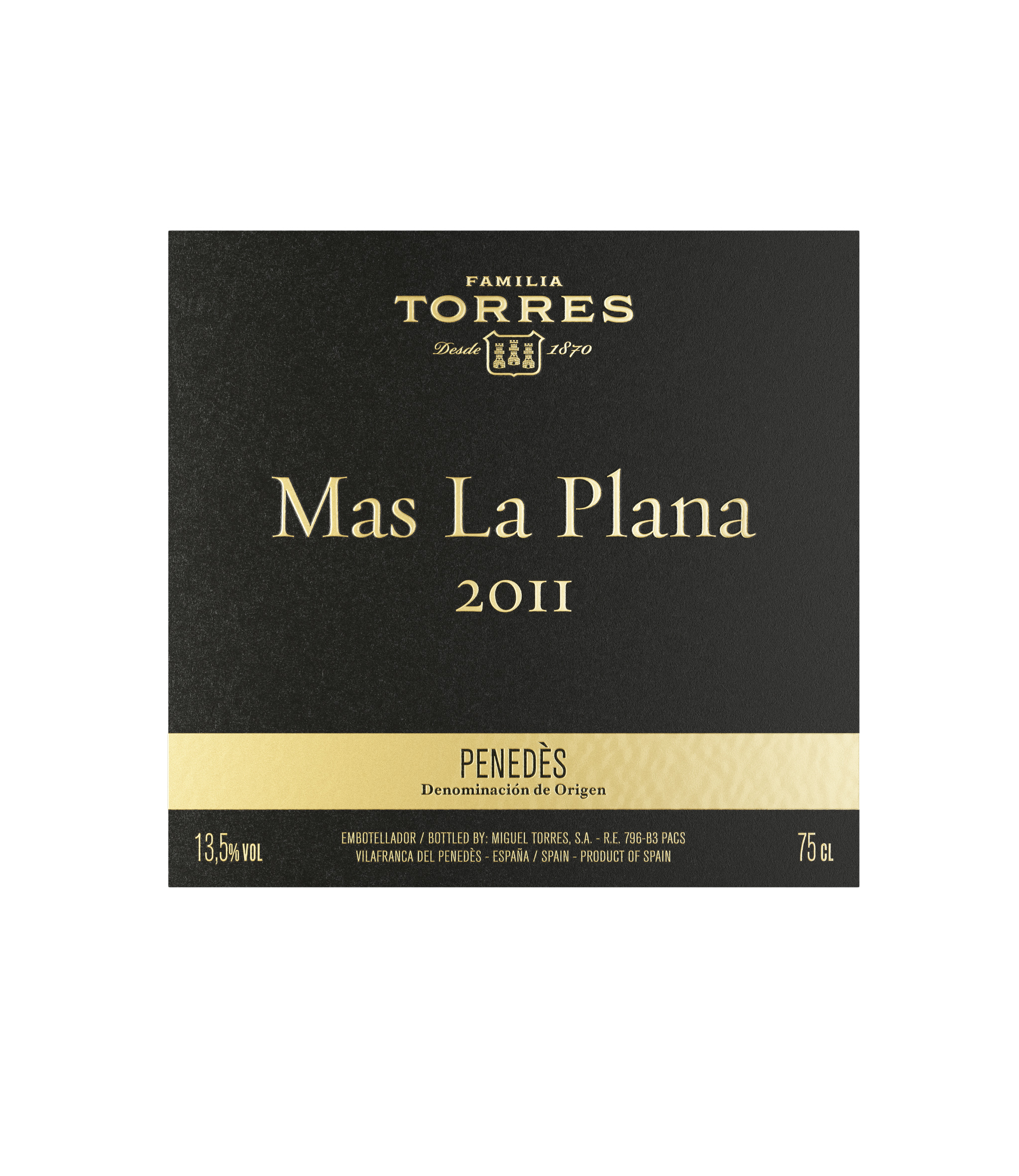Choosing a Wine

Eye-catching or understated, elegant, classic or daringly different... there is more to a wine label than its look and knowing how to interpret the information on it can be very useful when trying to decide whether a bottle matches our preferences.
The place of origin, vintage, varieties and aging (oaked or unoaked) tell us more than we might imagine.
An accurate reading and understanding of these parameters will refine our decision-making and prevent unpleasant surprises.
1. Place of origin: more than a flag
Given the magnitude of the wine world, the ability to understand its particular characteristics begins with one major division. The first origin-related clue can be found in the climate and how it relates to fruit maturity:
Warm climate vs. cool climate wines. It is an important difference.
Warm climate regions tend to have a more stable average annual temperature. Temperatures drop gradually between summer and fall, thus contributing to the successful ripening of the grapes, even though it means losing some of the fruit's natural acidity in the process.
Warm climates produce ripe fruit notes and lower acidity. At the same time, alcohol content tends to be higher. On the palate, the wines are big and mouthfilling.
It is important to note that in many cool climate countries, the maximum temperatures are the same as those in milder climate zones. What happens is that temperatures shift more abruptly at harvest time, which makes a decisive difference in the aroma and flavor profile of a wine.
The cold preserves a high level of natural fruit acidity, giving the wines a crisp, fresh sensation, which makes them lighter.
Grape maturity and how it is expressed on the label
The ripeness of the grapes at harvest also provides essential information about the wine's profile, which helps us decide whether it fits what we're looking for. So, where do we get this information?
- Words like “round or ripe tannins” usually refer to a wine with ripe, warm fruit flavors.
- Meanwhile, the term “balanced” tells us that the wine has a distinctly fresh profile with intense acidity.
2. The Vintage
Let's start with the assumption that all wines are ready to drink upon their release. However, the particular characteristics of the vintage still matter a great deal. They could, for instance, give full ripe nuances to a cold climate wine and vice versa—a warm region could have had a cold summer, thus accentuating the acidity of the fruit.
We can taste an early-harvest vintage when the acidity really stands out from the other components in a wine. By contrast, when the fruit offers up intensely warm notes, we are seeing the result of fully ripened grapes.
As we can see, here too the relationship between climate and ripeness is essential to understanding a wine. The effects of climate change, however, threaten to deepen the gaps caused by inconsistent vintages.
3. The Varieties
Just like with fruit, we like some varieties more than others. However, as we have just seen, the same variety can reveal very different nuances depending on its place of origin.
For example, a Central European Riesling from cool climates like Austria or Germany will display excellent, elegant acidity and fruit freshness with citrusy, green notes.
When grown in Penedès, the same variety transforms its classic varietal characteristics into notes of ripe fruit and a glycerol viscosity imparted by its alcohol content—a warm climate signature.
4. Oak: yes or no?
Not all varieties are equally well suited to oak aging. Beyond that, it comes down to our own organoleptic preferences.
If we like discreet fruit freshness in a red, it is best to avoid wines that have seen a lot of oak, because the wood disguises the true expression of the variety.
By contrast, if we're seeking some complexity and nuance, partial barrel aging (3 to 8 months) will add complex notes of vanilla, tobacco and coffee, as well as softening tannins and contributing to the wine's color and stabilization.
As we have seen, the ability to interpret the information on a wine label helps us make informed, anxiety-free decisions, as well as giving us the freedom to experiment based on our knowledge.

